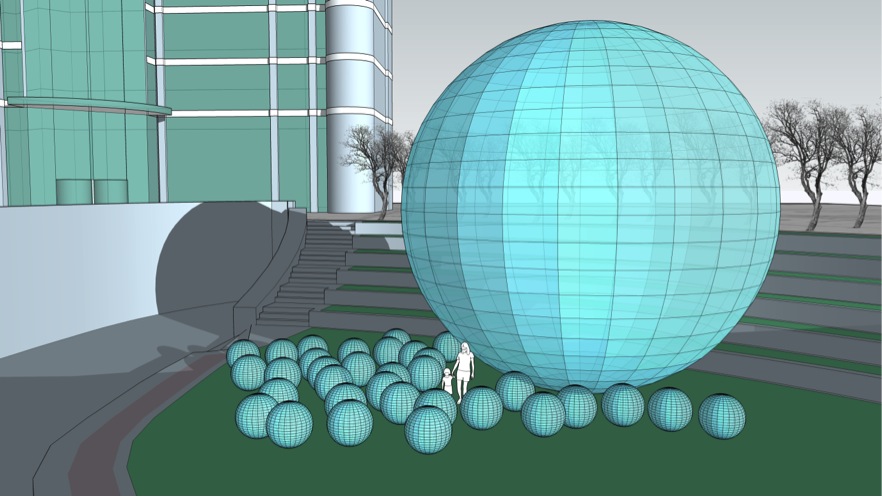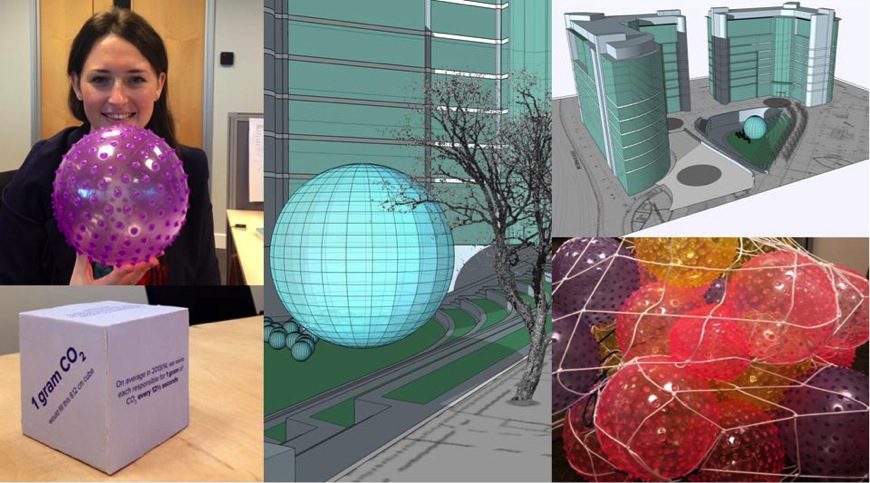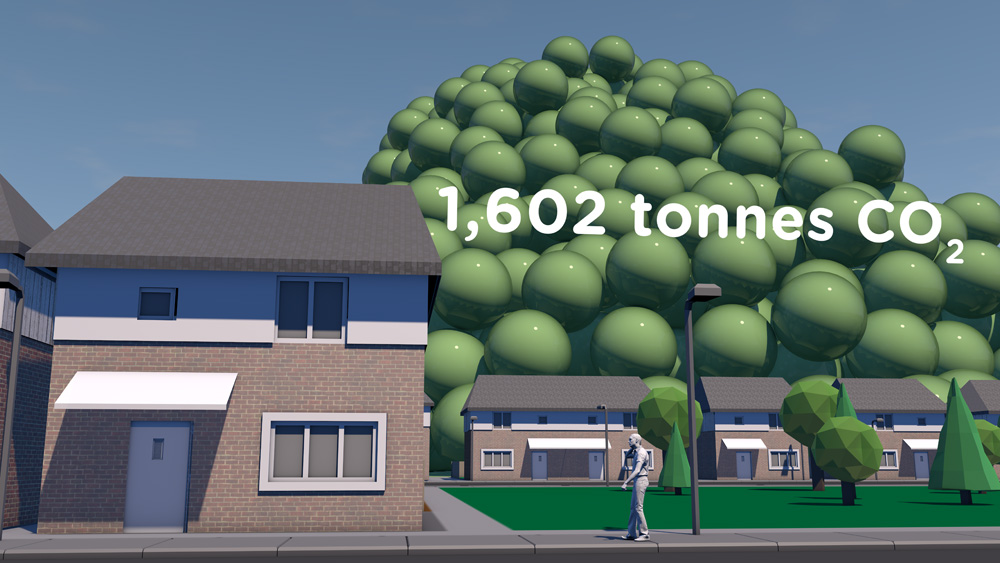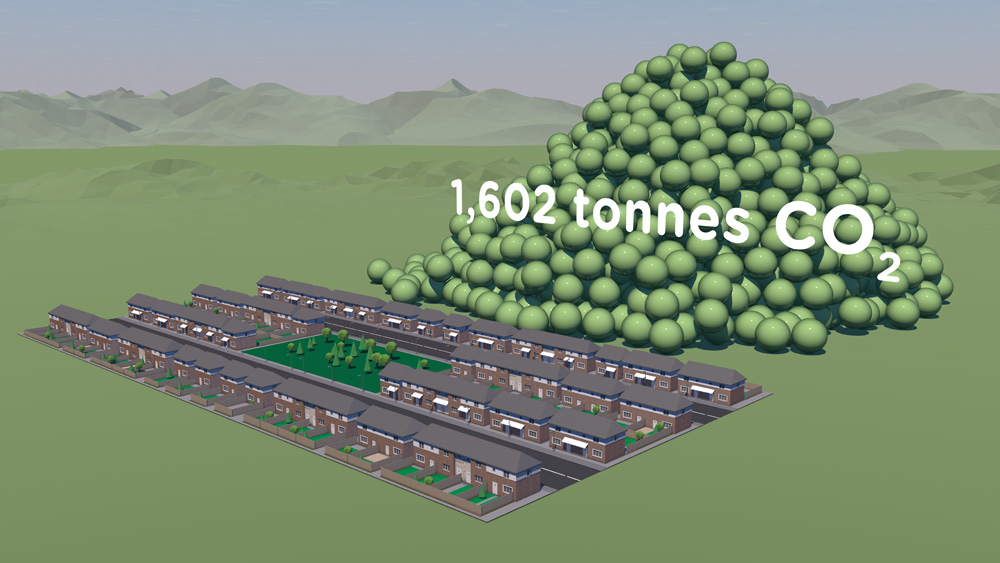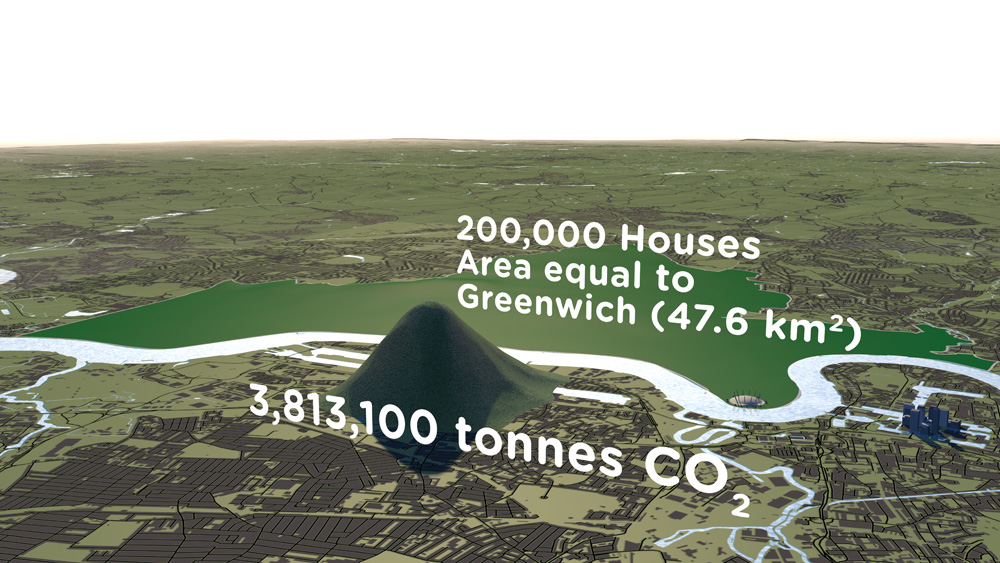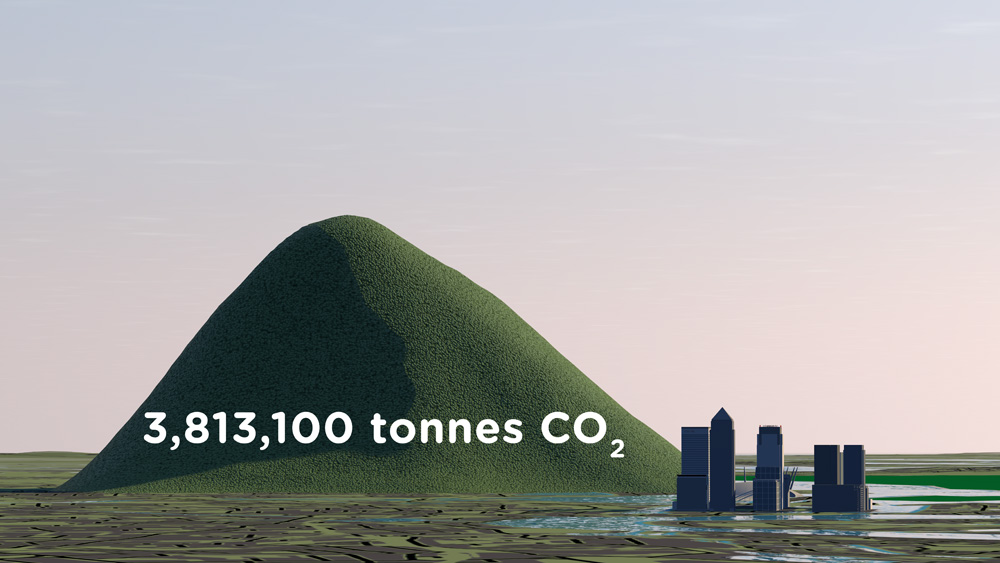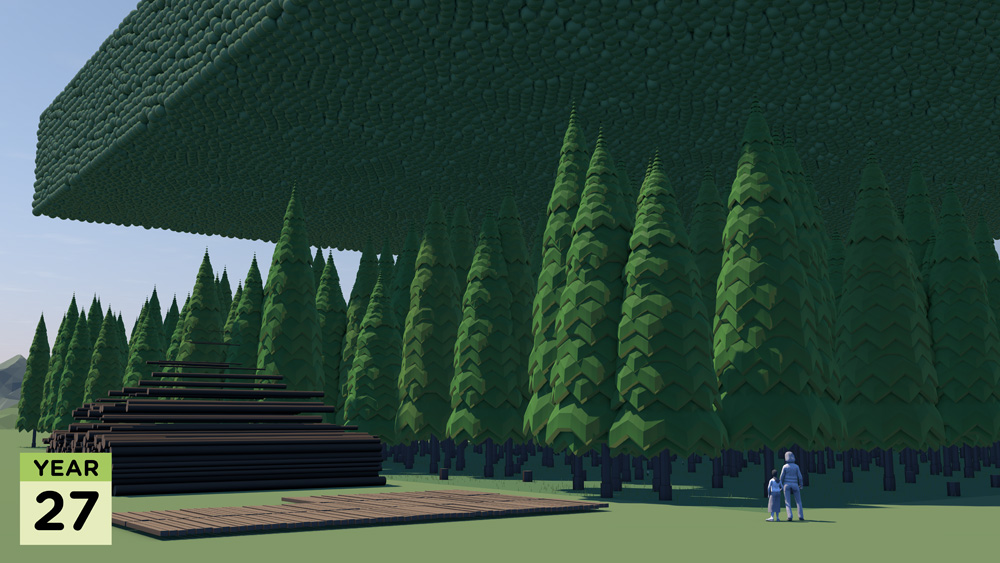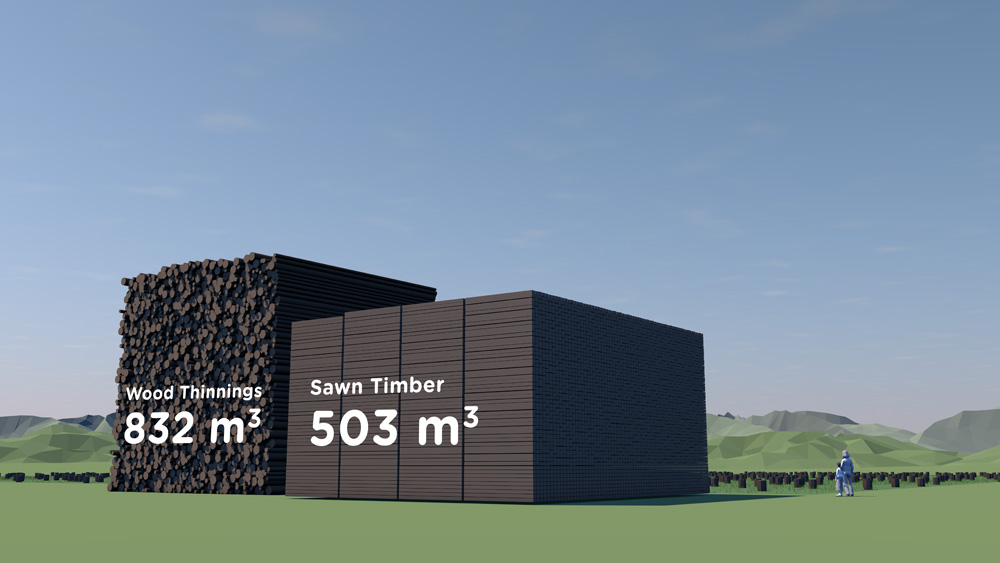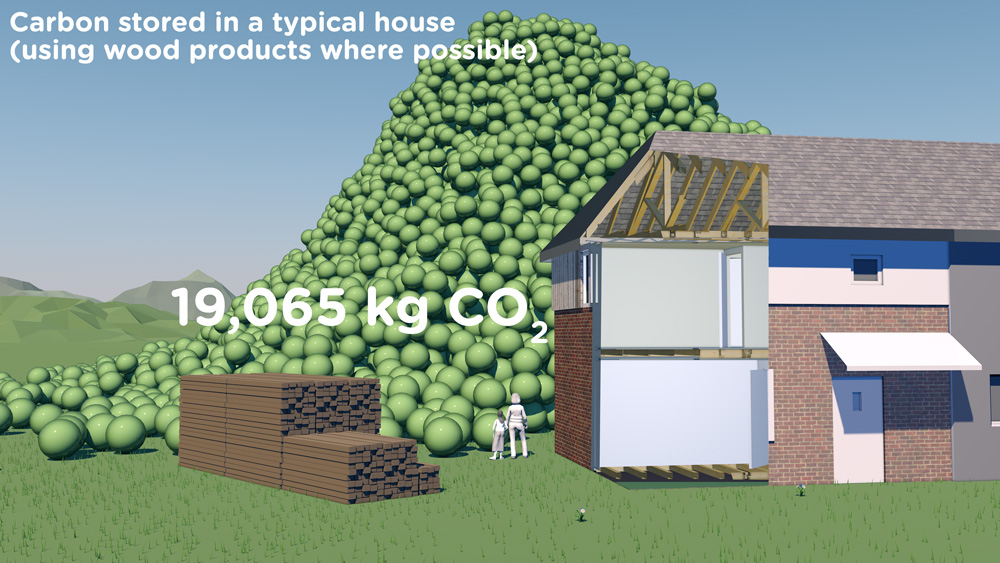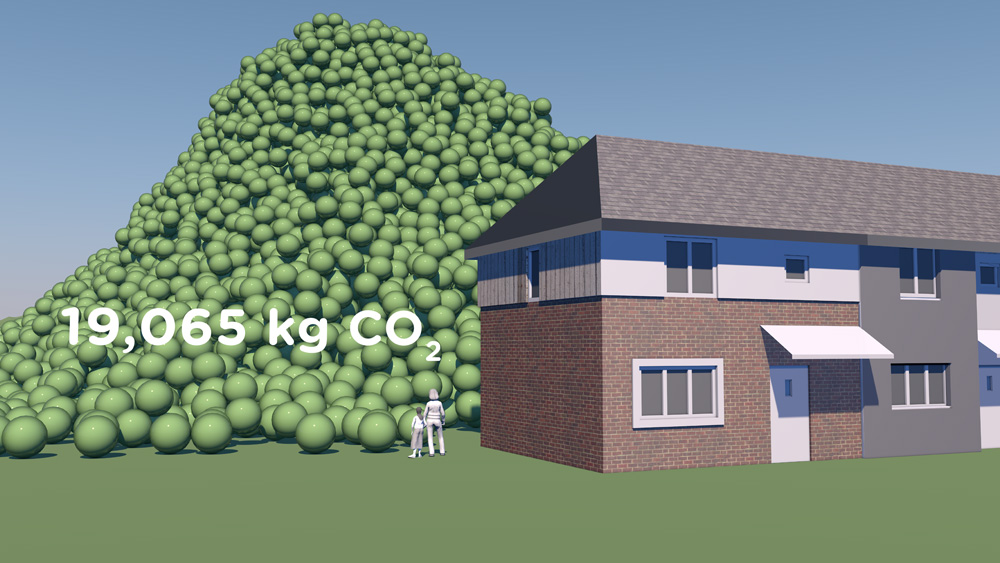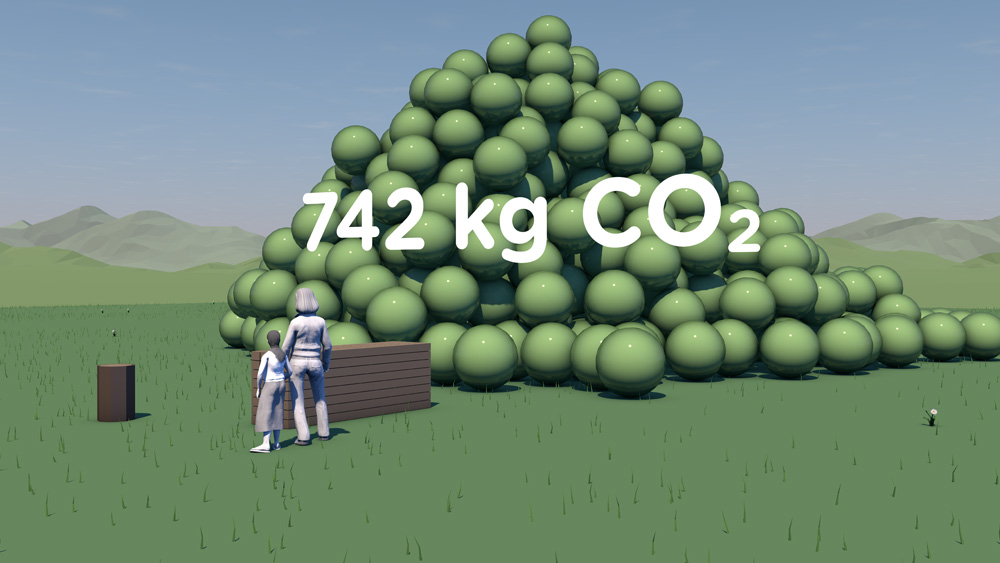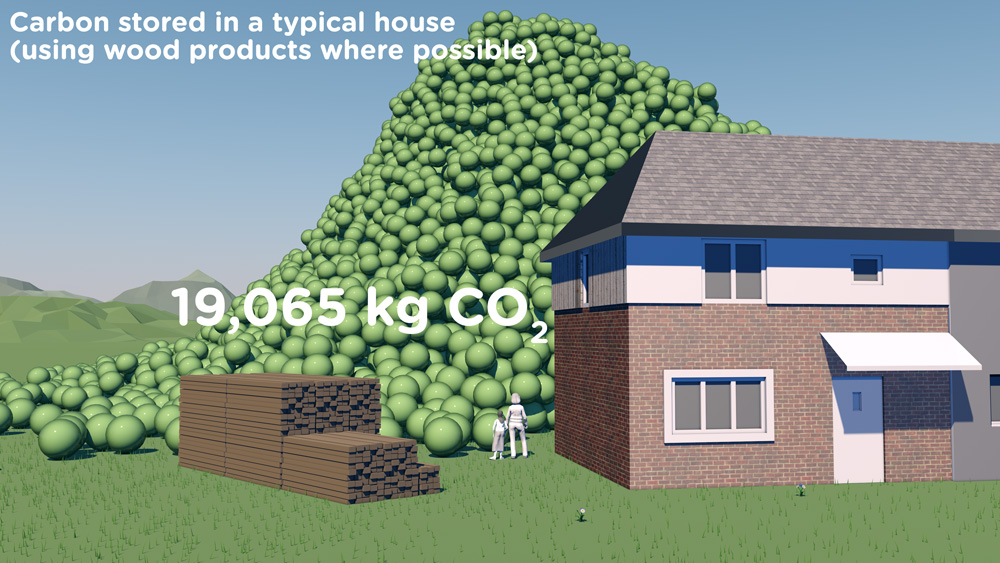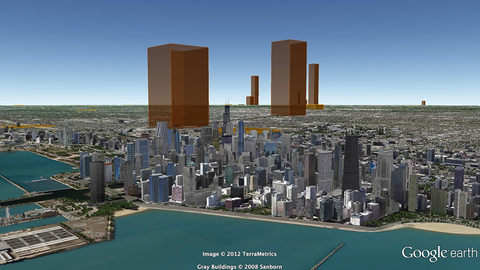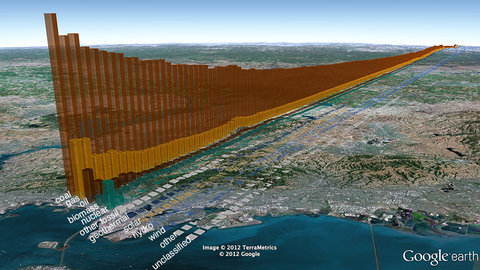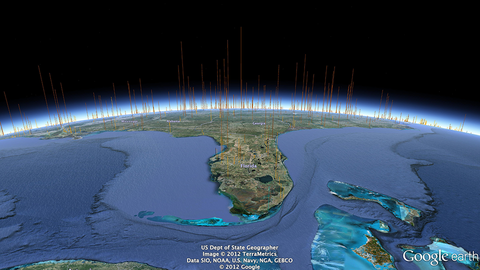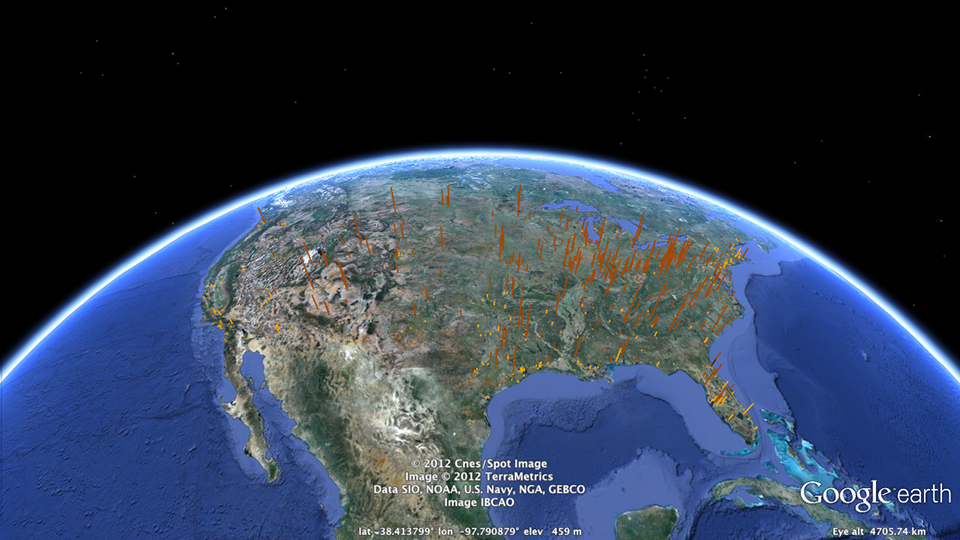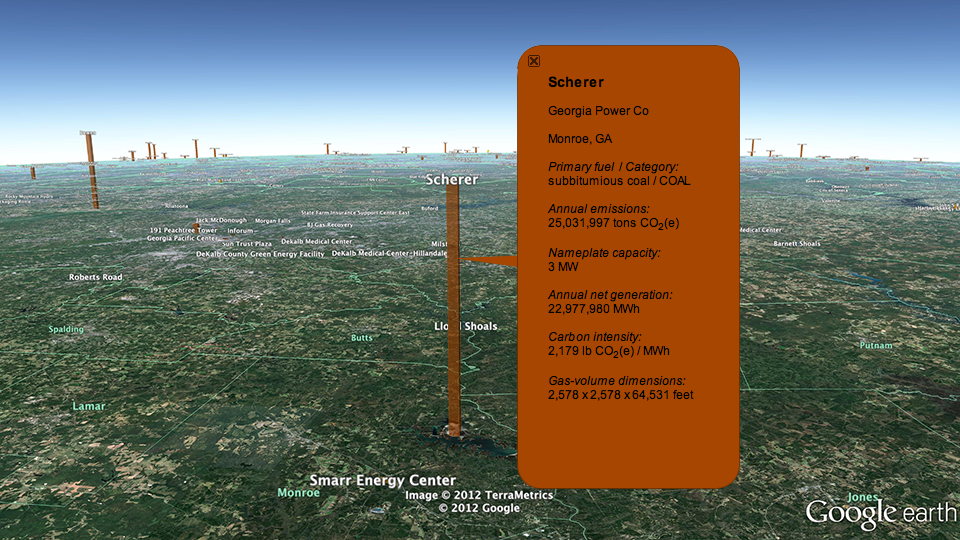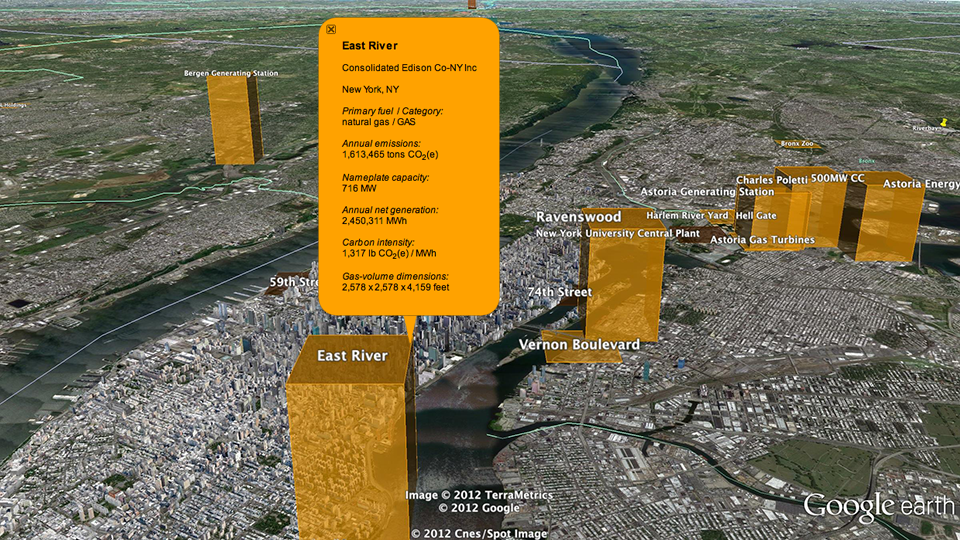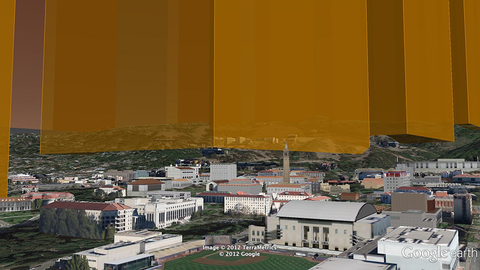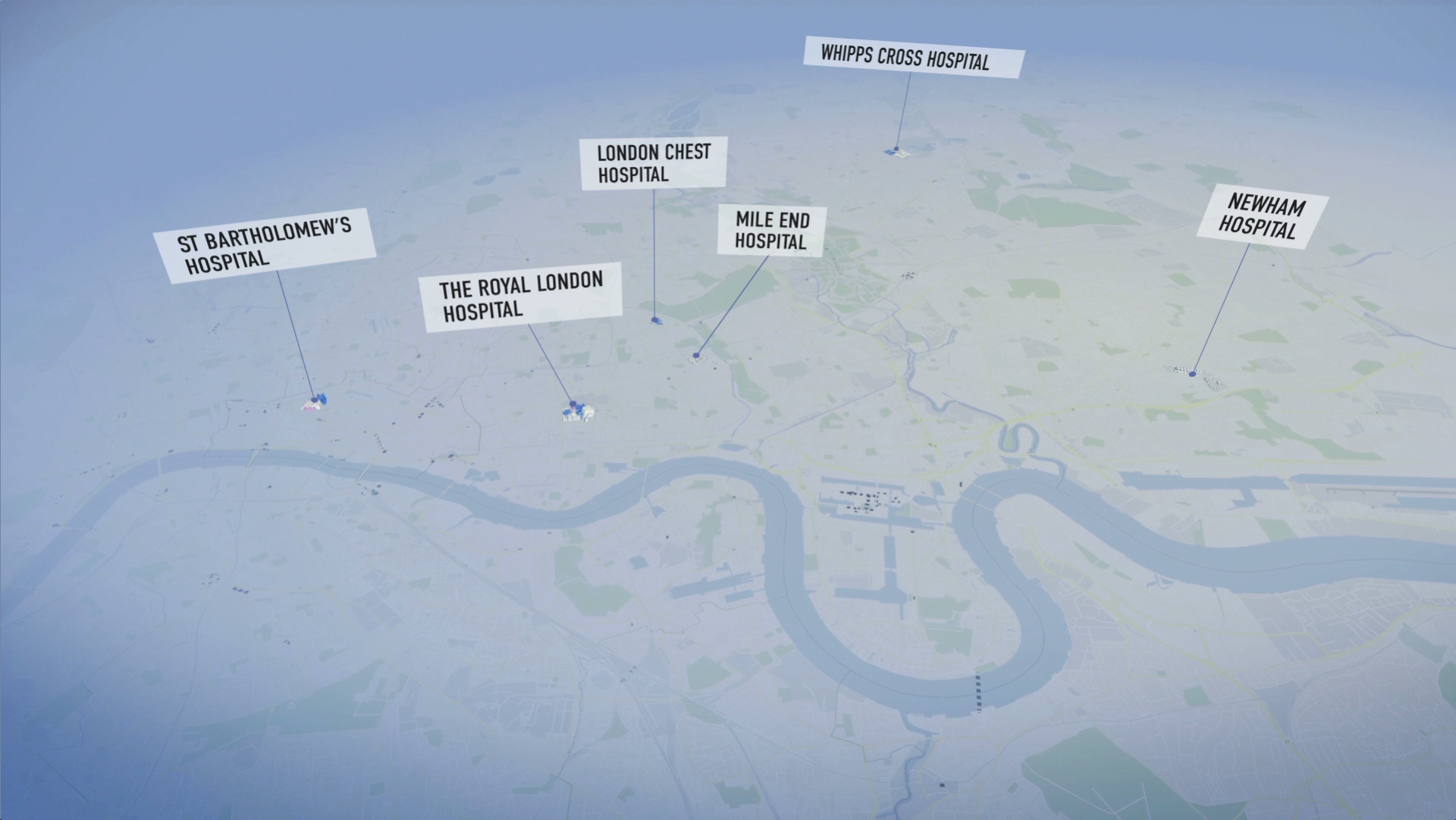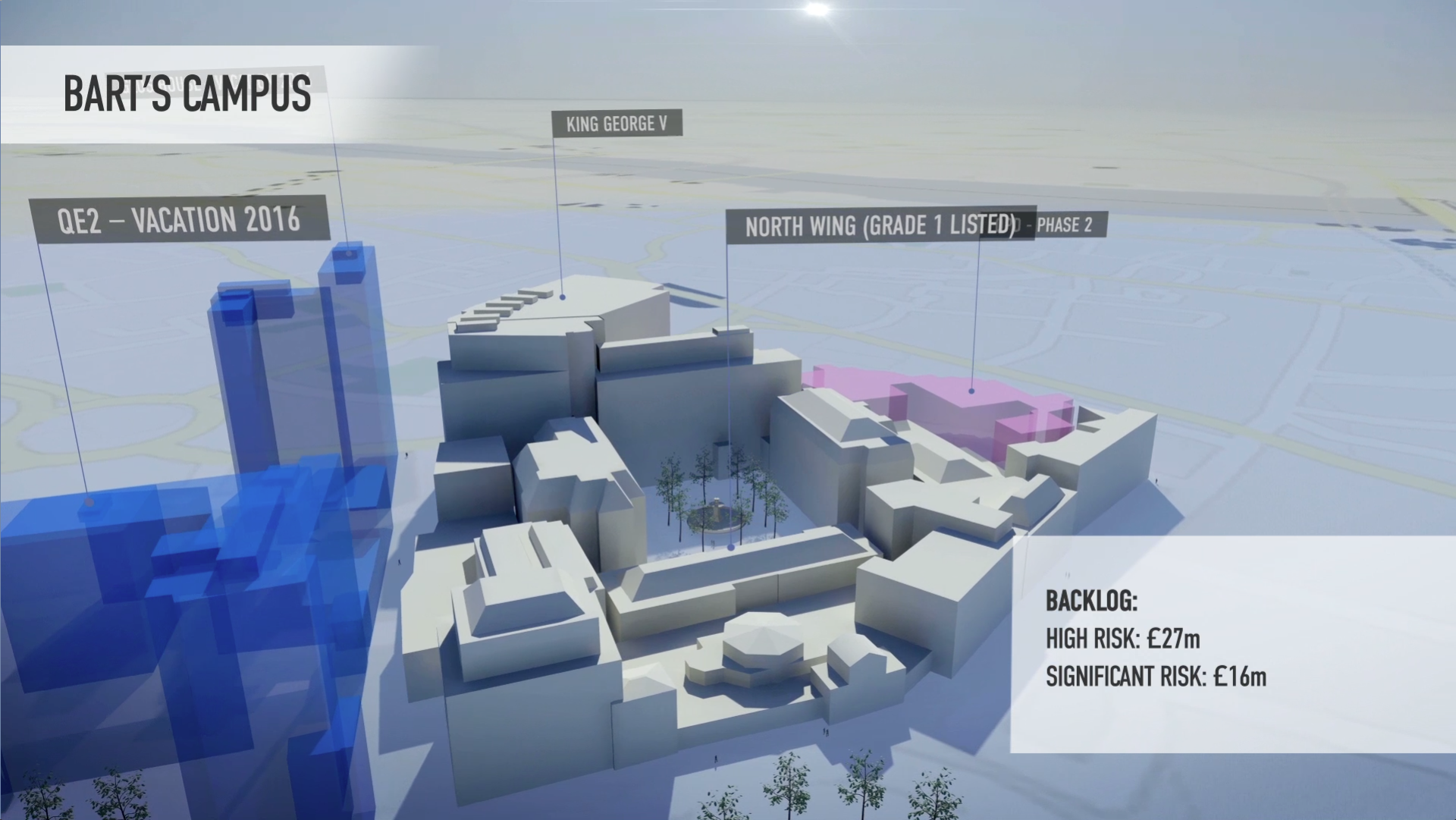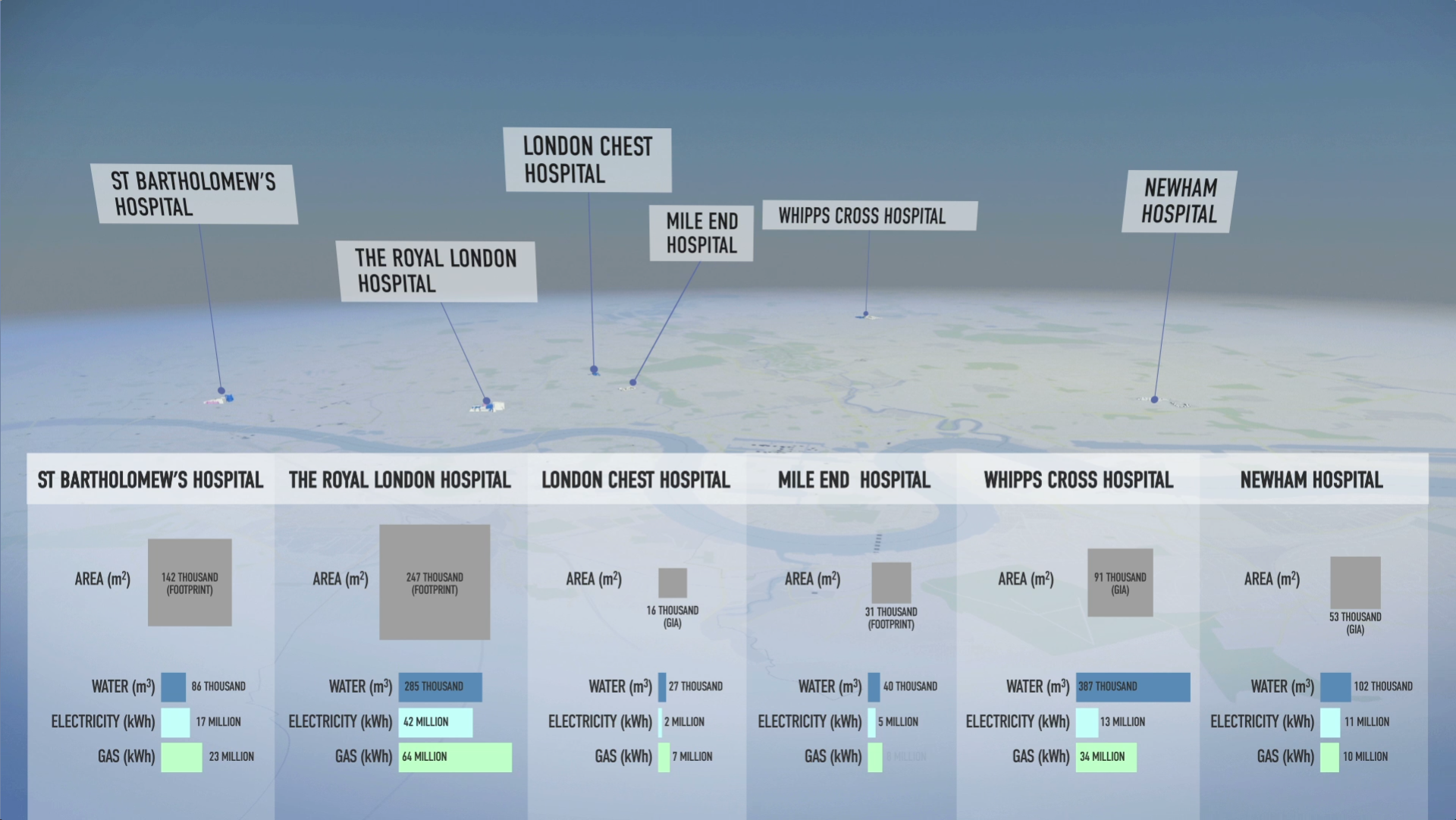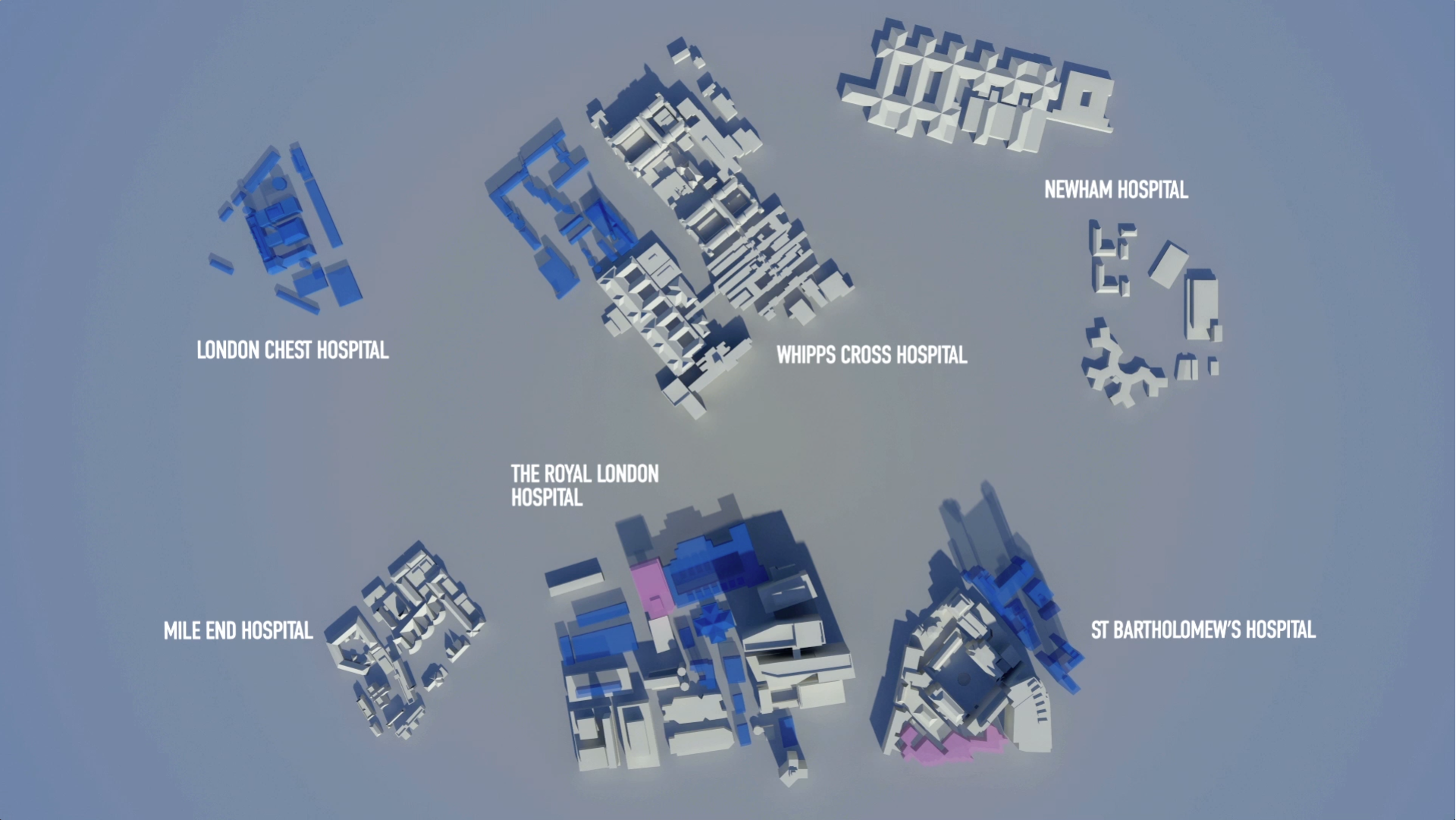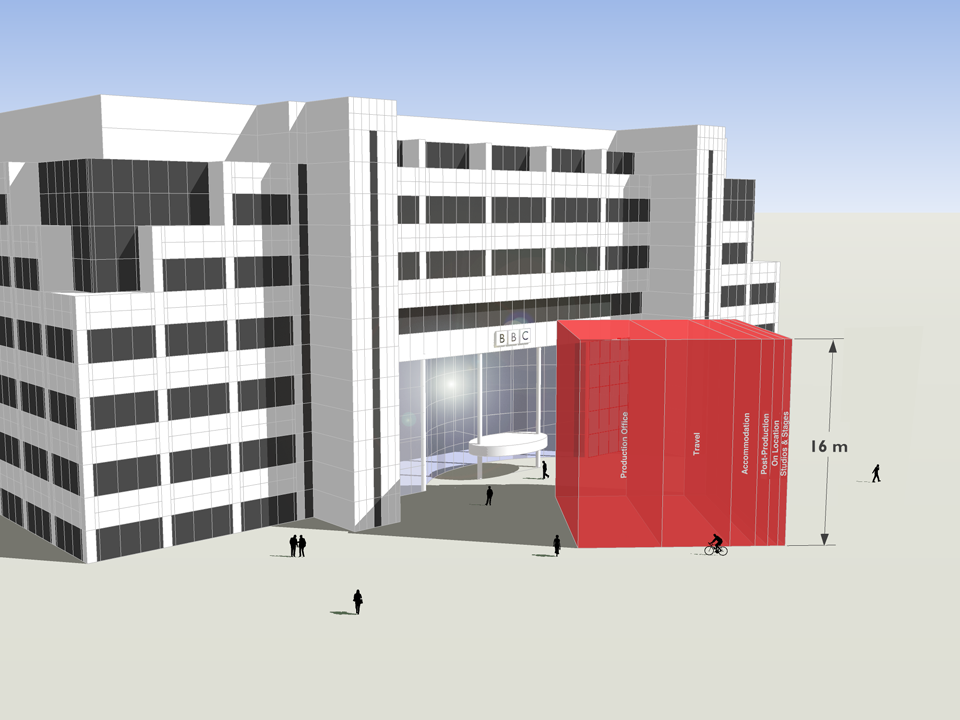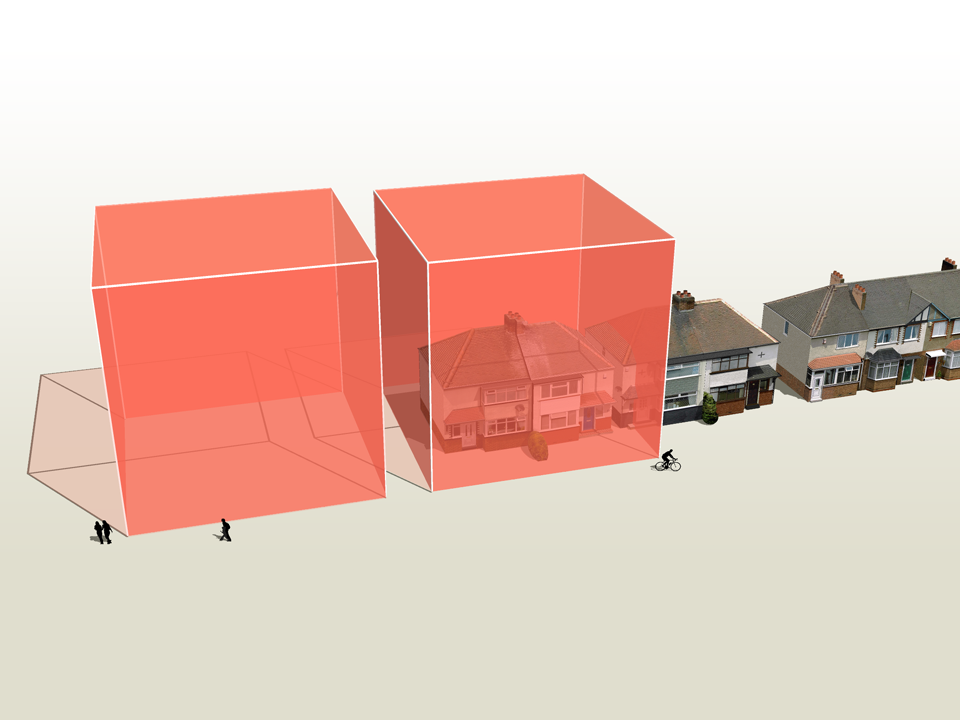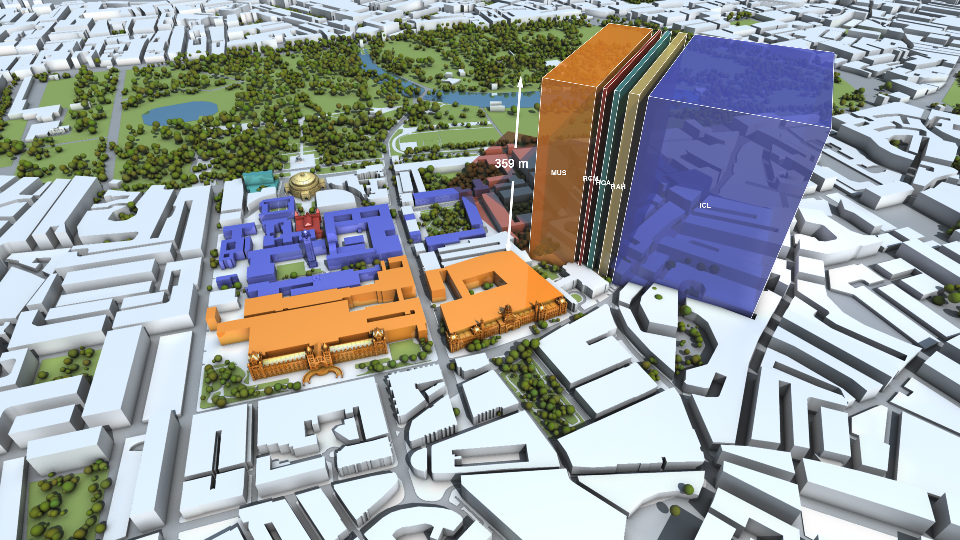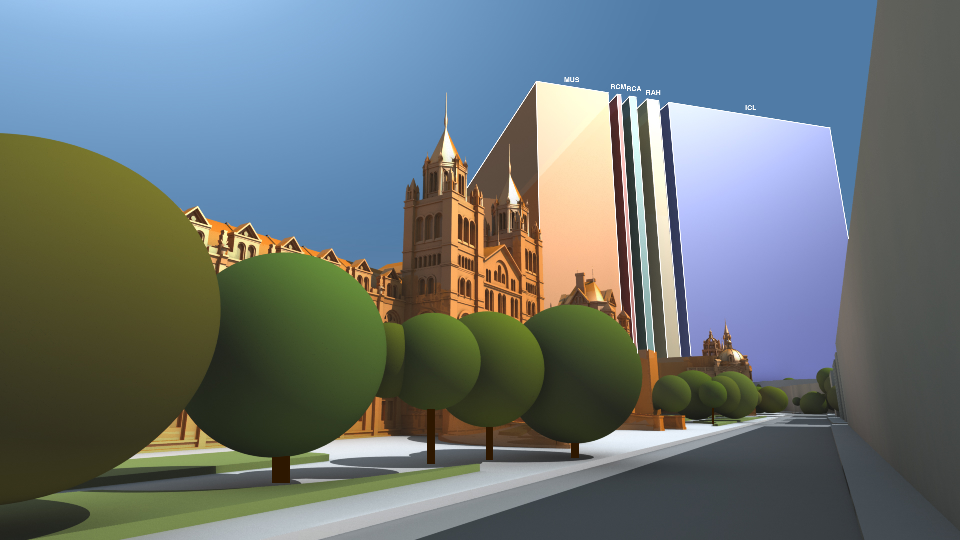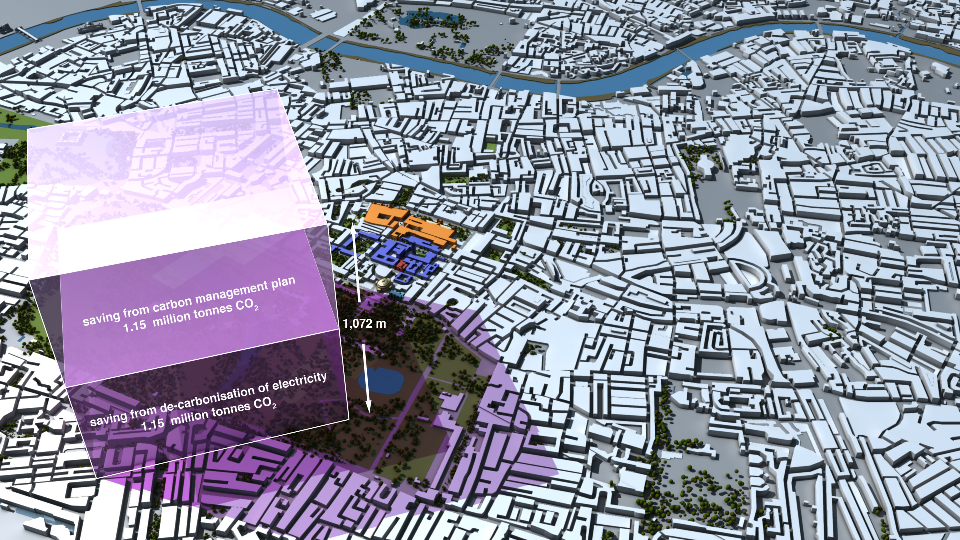CLIENT
Kingfisher plc
PURPOSE
To encourage staff interest in environmental impacts and corporate goals.
DESCRIPTION
Animation, stills and physical objects using volumes, displays and fun to make emissions and paper use more tangible.
Feedback from the launch has been very positive with people really taking to the visualisation of a tricky issue.
Sinead Conway, Net Positive Delivery Manager, Kingfisher plc
International retail group Kingfisher has developed a forward-looking approach to sustainability with a long-term Net Positive goal. This involves all employees including those based in the corporate centre.
We advised on presenting key data on emissions and paper use in fun, encouraging and engaging ways to spark interest at an internal launch event.
We provided a short volumetric animation set in a scene familiar to staff, and a set of cubes equivalent in size to one gram of carbon dioxide at 15°C and standard pressure. We also supplied one hour’s worth of brightly coloured balls sized to equate to emissions per person per minute and co-designed a striking display of current paper use.
Staff really responded positively to the personal element, seeing data broken down by person and in relation to familiar spaces.
Hannah Judge-Brown, Interim Programme Advisor - Net Positive, Kingfisher plc

